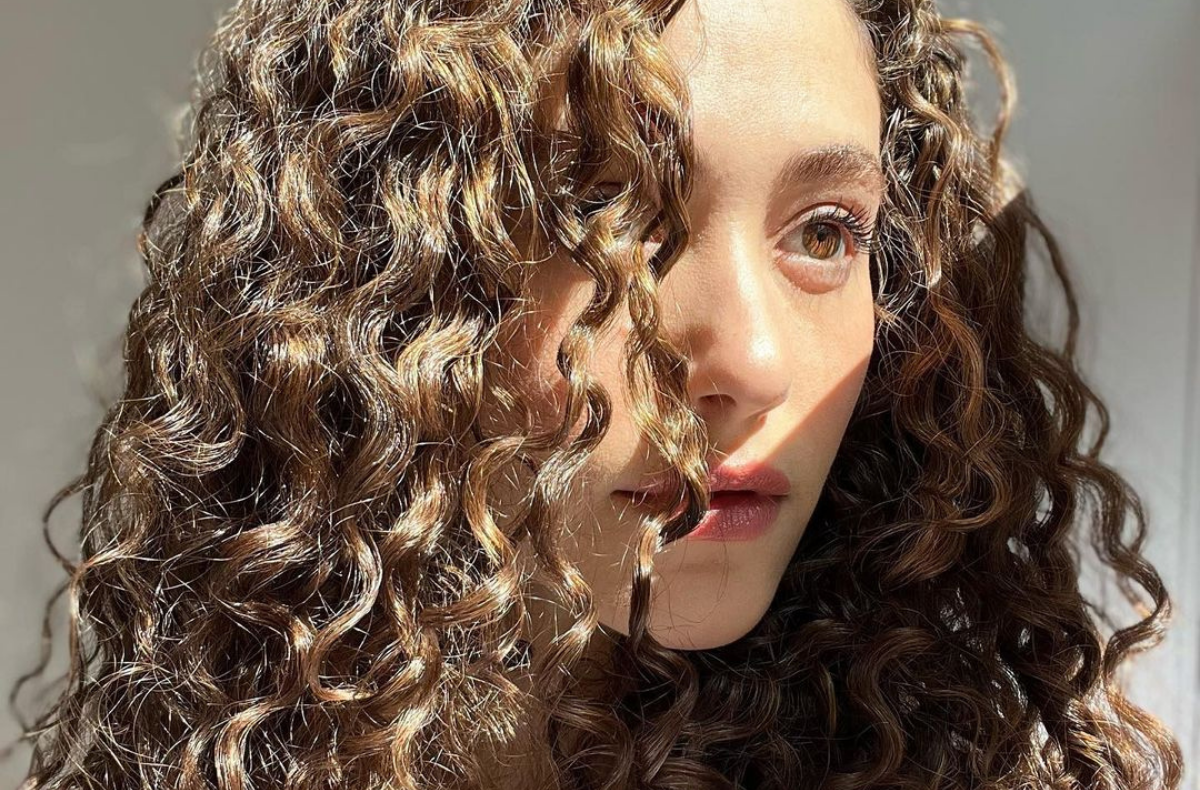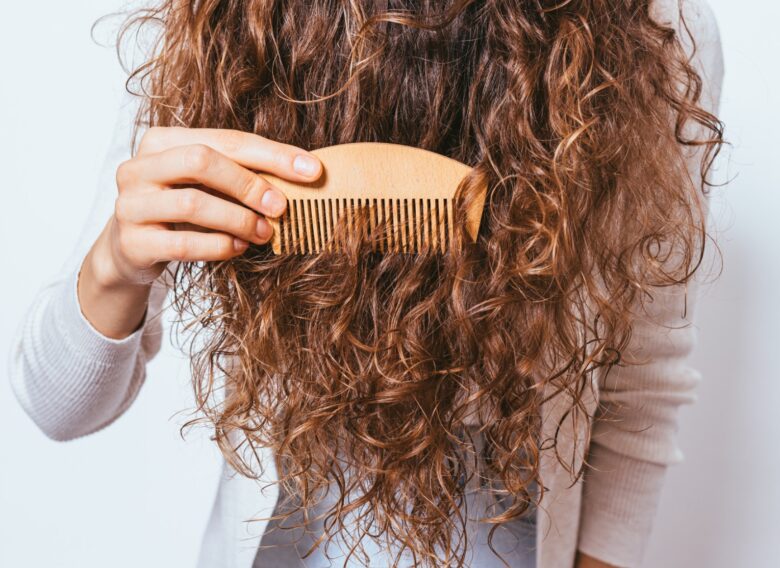Maintaining gorgeous curls can often be a challenge as the locks themselves. Many individuals struggle with the right approach to care for their spirals. Tangles and frizz are common woes, yet with the correct method, these can be effectively managed, leading to a head of healthy, vibrant spirals.
If you lack the experience in brushing curly hair, consulting professionals is a must. If you want to consult but don’t know any, visit Revlon Professional. Now let us talk about how this can be done efficiently.
Contents
Pre-Brushing Preparations
Before embarking on the brushing process, it’s essential to set the stage for a seamless experience. This preparation phase can significantly impact the ease of detangling and the overall health of your spirals.

Source: healthline.com
Detangling
The initial step in pre-brushing is to gently separate the strands. This can be done using your fingers, a method that allows for a more sensitive approach to knots and tangles. For extra assistance, applying a conditioner or a specially formulated detangling spray can make the process smoother. This step not only eases brushing but also minimizes the risk of breakage.
Moisture
Moisture plays a pivotal role in the health of spiraled strands. Dry locks are more prone to tangling and damage. Ensuring they are adequately moisturized before brushing is crucial. This could involve using leave-in conditioners or oils that help to maintain the necessary hydration levels. This section will provide insights into how to effectively moisturize your locks, preparing them for a damage-free brushing experience.
Choosing the Right Tools
The market is flooded with a variety of tools designed for hair care, but not all are suitable for spiraled strands. This section will guide you through selecting the best options, focusing on those that cater to the unique needs of curls.

Source: hairbrushes.com
Brushes and Combs: Pros and Cons
From wide-tooth combs to specially designed brushes, each tool comes with its set of advantages and disadvantages for curly care. For example, wide-tooth combs are excellent for detangling wet locks gently, while certain types of brushes can help in defining curls without disrupting their natural pattern. Understanding these differences is key to choosing a tool that aligns with your curl type and care routine.
Personalized Tool Recommendations
Considering the diversity in curl patterns, a tool that works wonders for one person might not yield the same results for another. This part of the section will offer recommendations based on different types of spirals. It will include insights from experts and user experiences to help you make an informed decision about the tools that will best suit your unique curl pattern.
Brushing Techniques for Curly Hair
Detangling spirals demands a technique that respects their natural pattern while effectively removing knots. The key is to start from the tips and gently work your way up to the roots. This bottom-up approach minimizes stress on the strands, reducing the risk of breakage. It’s also advisable to divide your locks into sections, tackling one part at a time for a more thorough and less damaging process.

Source: beautyheaven.com.au
Step-by-Step Guide for Safe Brushing
This segment will provide a detailed walkthrough of the brushing process. It will cover everything from the initial parting of the strands to the final stroke, ensuring each step contributes to the overall health and beauty of your spirals. Tips will include the ideal pressure to apply, the angle at which to hold your brush or comb, and how to navigate through particularly stubborn knots.
When and How Often to Brush
The frequency of brushing plays a crucial role in the health of curly strands. Over-brushing can lead to frizz and breakage, while not brushing enough can result in tangles and matting. This part will offer guidelines on finding the right balance, taking into account different curl types and lifestyles. It will also discuss the best times to brush, such as when your locks are most receptive to detangling.
Post-Brushing Care
After brushing, it’s important to lock in the moisture and maintain the definition of your spirals. This section will discuss various products and techniques to keep your curls looking their best. Recommendations will include leave-in conditioners, curl creams, and gels that help to define and hold the curl pattern, as well as methods to apply these products effectively.

Source: canva.com
Drying Techniques for Healthy Curls
The method of drying your locks can significantly impact their health and appearance. This part will explore the benefits of air-drying versus diffusing, providing insights into which method might be more suitable for your curl type. Tips will include techniques to reduce frizz during the drying process and how to enhance your natural curl pattern.
Addressing Common Curly Hair Brushing Challenges
A sensitive scalp can make brushing a challenging task. This section will offer tips and product recommendations to alleviate scalp discomfort during brushing. It will also cover strategies to combat frizz, a common issue for curly individuals, providing advice on how to keep your spirals smooth and defined.

Source: canva.com
Effective Knot and Tangle Management
Knots and tangles can be particularly troublesome for those with curly strands. This part will provide techniques and tools specifically designed to tackle these challenges without causing damage. It will include advice on how to approach severe tangles and prevent them from occurring in the first place.
Tips for Brushing Children’s Curly Hair
Brushing a child’s curls requires a gentle, patient approach. This section will offer advice on how to make the process comfortable and enjoyable for both the child and the caregiver. It will include tips on choosing child-friendly tools and products, as well as techniques to detangle without causing discomfort.
Maintaining Healthy Curly Hair
Regular maintenance is key to ensuring the long-term health of your curls. This section will cover essential routine care practices, from regular trims to prevent split ends, to deep conditioning treatments to maintain moisture. It will also discuss the importance of occasional protein treatments and how they can help to strengthen and revitalize your locks.

Source: canva.com
The Bottom Line
Each curl pattern is distinctive, and learning to work with, rather than against, these natural twists and turns can transform your hair care experience. Remember, patience and consistency are your allies in this journey.
When you feel good about your hair, it shows. Embracing your natural curls is a statement of self-acceptance and pride in your individuality. It’s about celebrating the beauty in diversity and recognizing the unique charm that curly hair brings.
